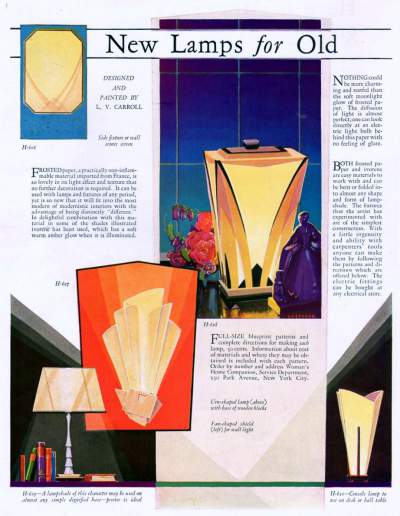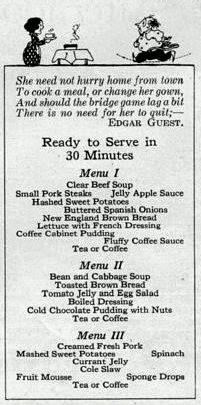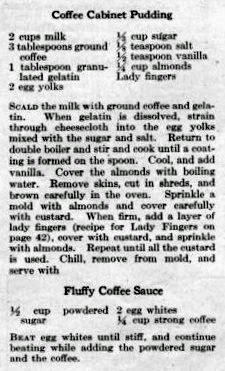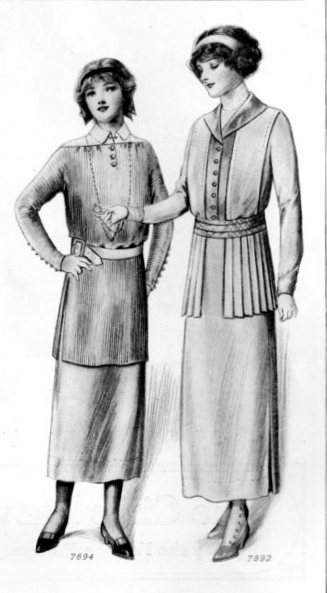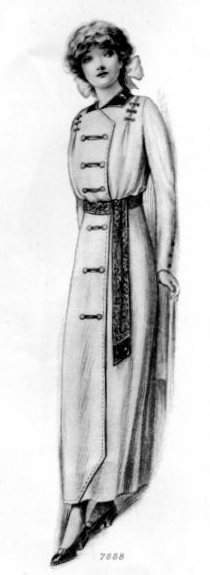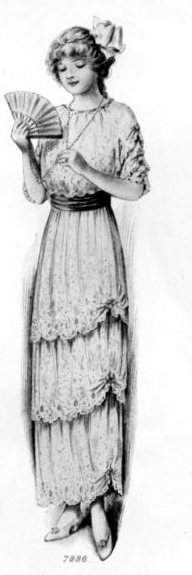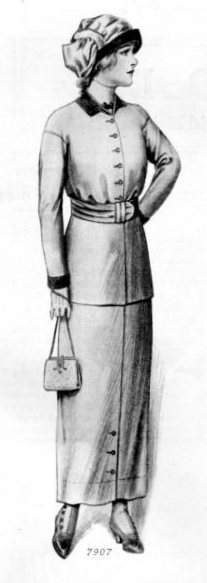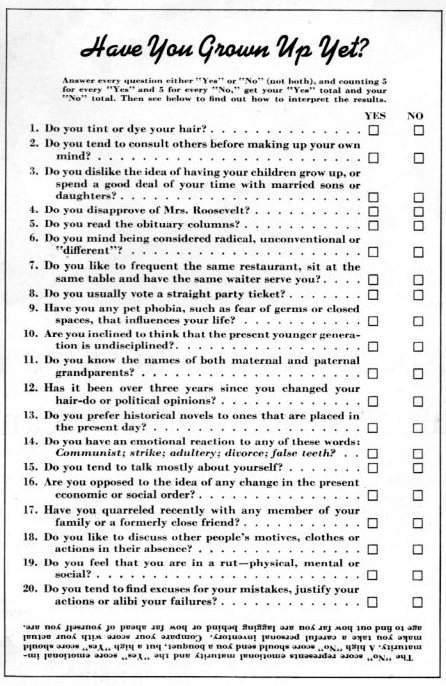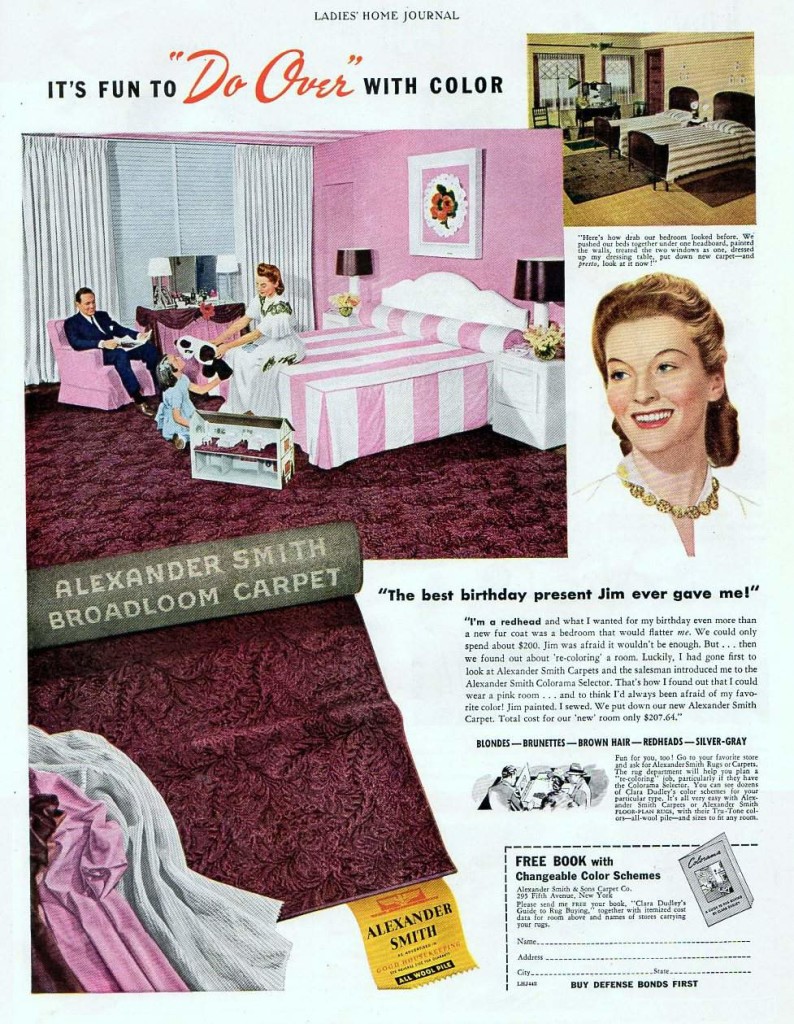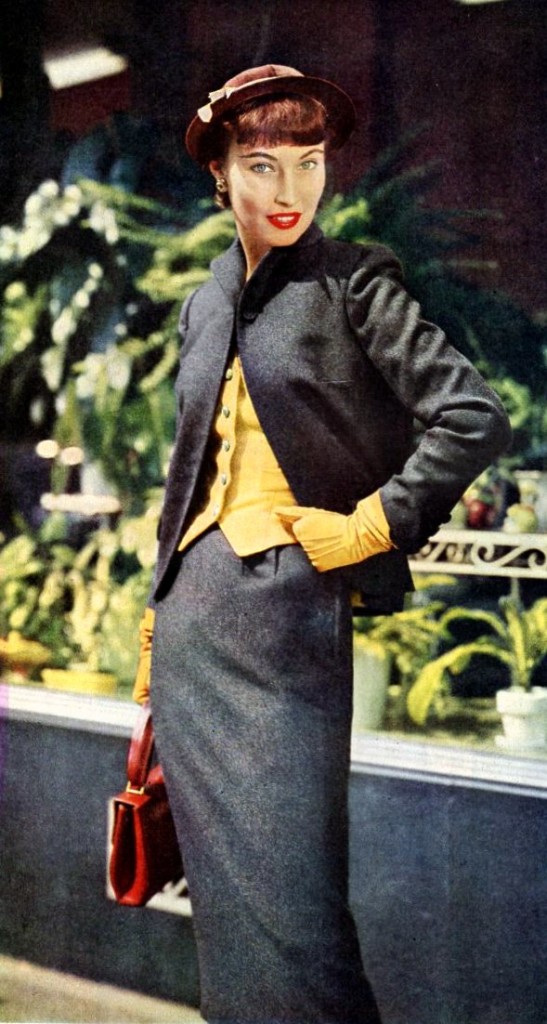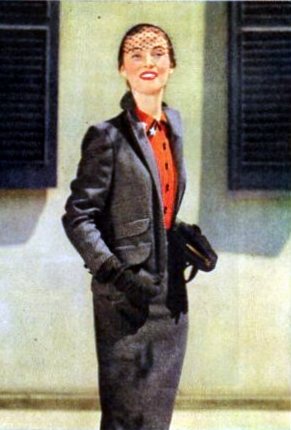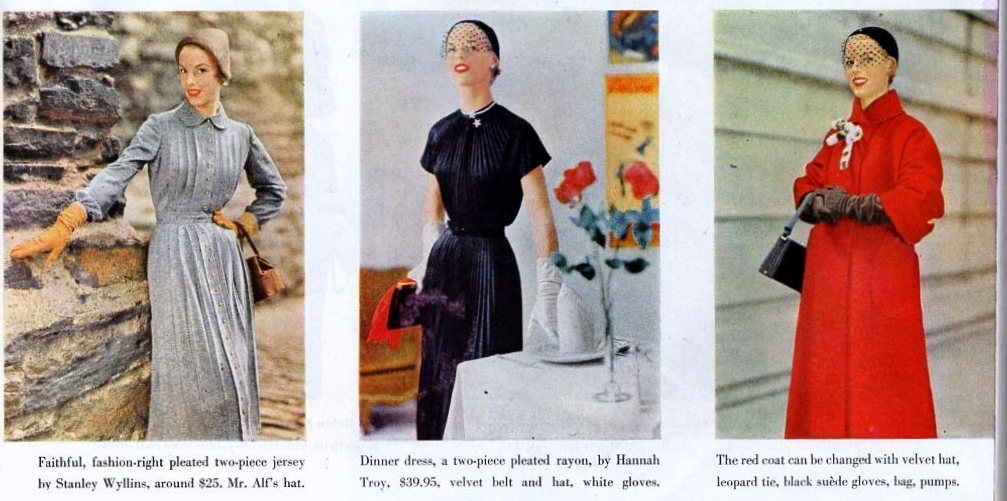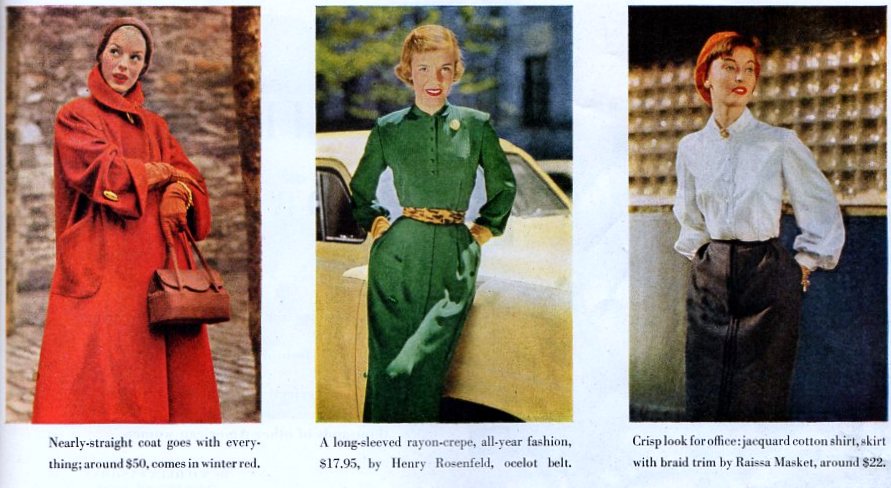“One of the favorite viands of John Philip Sousa, the eminent bandmaster and composer, is a dish that is not unfamiliar to lovers of the Italian cuisine. This is a most refined kind of meat-balls called “polentas”, and it is safe to say that those who once partake of them will always recall the experience with delight.”
Today we will have the pleasure of enjoying a recipe said to be one of Sousa’s own. It’s a basic spaghetti and meatball recipe, and I found it in the February 1907 issue of the Delineator magazine. I was confused, however, by the fact that the meatballs here are called “polentas” – so naturally I assumed that some type of cornmeal would be one of the ingredients. It turns out though to be a fairly straightforward, old-fashioned beef meatball recipe, with not a drop of polenta in sight.

I set out to see if there was any precedence for calling Italian meatballs “polentas”, and unfortunately I couldn’t find anything else other than this recipe. But my research did lead me to something else interesting – several other websites also containing Sousa’s version of spaghetti and meatballs. The interesting thing was, though, that it seems his recipe was published in “The Stag Cook Book: Written for Men By Men”, but there the meatballs were called “Pelotas A La Portuguese” (Sousa’s father was of Portuguese ancestry). So I don’t know if it was merely a simple error on the part of Delineator magazine, or an attempt to make the recipe name sound more Italian – “polenta” rather than “pelotas” – especially since the Delineator version claims this as an Italian dish.
Another thing is that so far the 1907 Delineator is the earliest mention of Sousa’s recipe being published that I have been able to find. According to another very helpful website, the recipe was published in the Chicago Herald on July 23, 1916, and then again in the Stag Cook Book in 1922. Of interest is that the quantities of ingredients in the meatballs seemed to have changed a little in each version – just 2 tablespoons of grated stale bread in 1907, and either one or two cups of bread crumbs in other versions. The sauce also varies; the 1907 version adds lard to the spaghetti sauce which is missing elsewhere. I’m curious if this was the result of Sousa “tinkering” with his recipe through the years, or if the recipe was changed on the part of the publishers.
I am going to transcribe Sousa’s “Polentas” recipe here, along with his instructions for the sauce and the spaghetti, exactly as published in the Delineator in 1907.
POLENTAS, recipe by John Philip Sousa 1907
To prepare these, the cook must take a pound of prime round steak, and, having removed any bits of bone and all stringy pieces, the meat must be put through the chopping machine – not to be cut into ordinarily small pieces, but to be chopped until it has assumed the consistency of a perfect mince. One egg is then added, with two tablespoonfuls of stale bread grated, one small onion grated, four sprigs of parsley finely chopped, and the necessary seasoning of salt and pepper. This mixture is then rolled into balls, each containing about a teaspoonful and a half of the paste.
In the meantime a sauce must have been prepared after the following recipe: Take a quarter of a peck of ripe tomatoes (or one can of tomatoes), one sweet green pepper from which the seeds have already been extracted, one onion, two bayleaves and one pint of water. These ingredients must boil together for one hour, after which they are pressed through a colander until all substance has percolated through and this is then boiled up one more. One tablespoonful of lard is then added, with pepper and salt as seasoning. Into this sauce the “polentas” are placed, and in it they are permitted to boil gently over a slow fire for fully forty minutes. By this time they have absorbed all the delicious flavors of the sauce, and by having boiled gently they have lost none of their own firmness, being still as smooth and round as they were when they were first put into this savory stew.
They are then served with spaghetti that has been prepared after the following fashion: Boil one pound of spaghetti in two quarts of water, to which one tablespoonful of salt has been added, for twenty minutes. After it has been thoroughly drained, pour over it the tomato sauce in which the “polentas” were boiled, and serve the combination very hot, with a liberal supply of grated Roman cheese on the side.

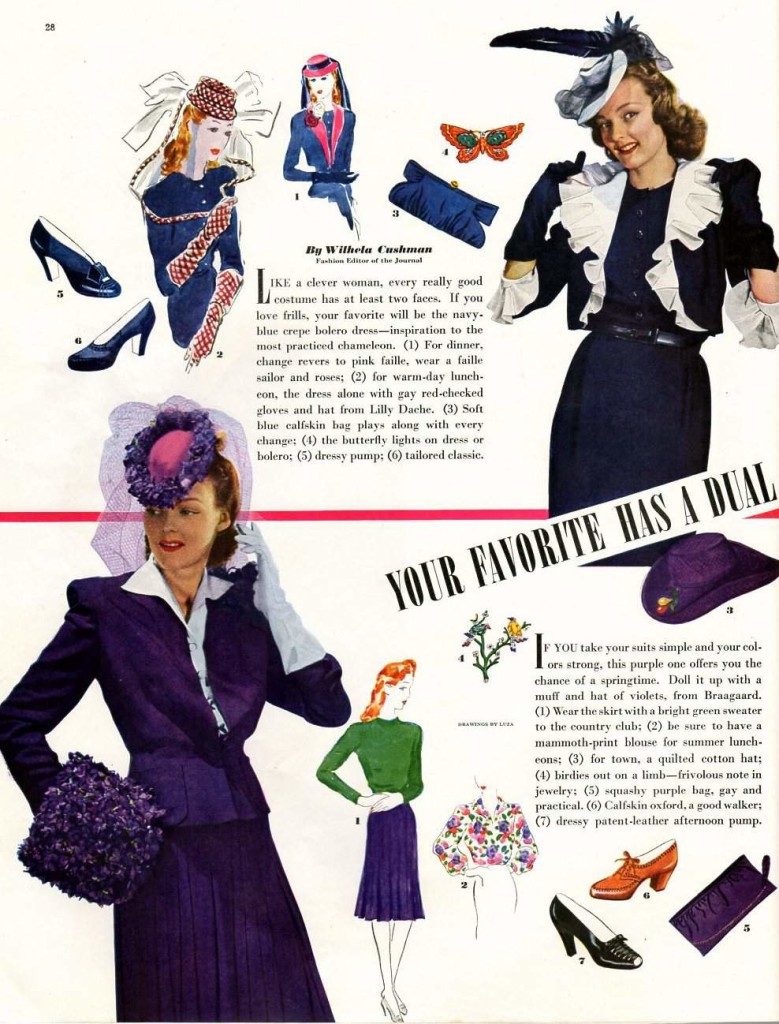
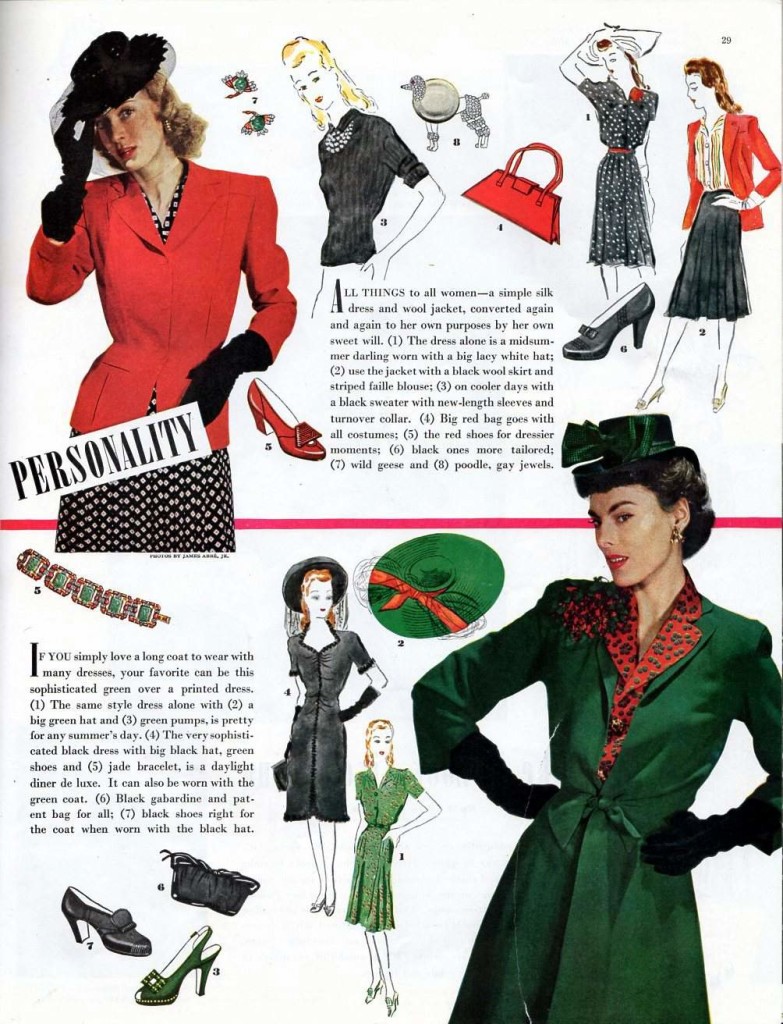
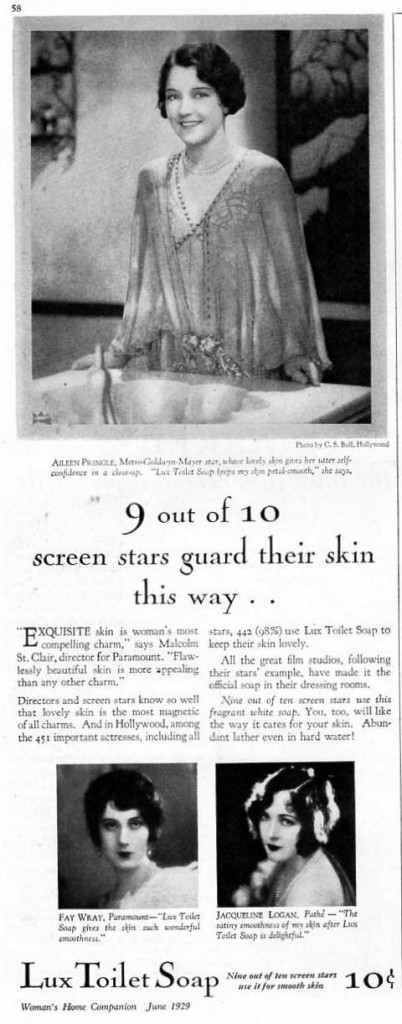
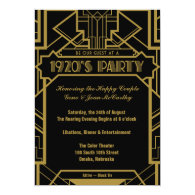 1920′s Gatsby Invite
1920′s Gatsby Invite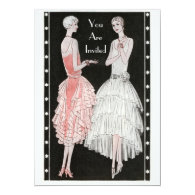 1920′s Party Invitation
1920′s Party Invitation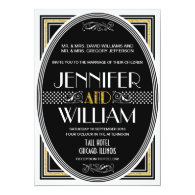 1920′s Great Gatsby Wedding Invitations
1920′s Great Gatsby Wedding Invitations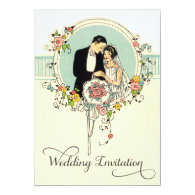 Chic Art Deco 1920′s Bride & Groom Wedding Custom Invitations
Chic Art Deco 1920′s Bride & Groom Wedding Custom Invitations Peacock and Lady Custom Invites
Peacock and Lady Custom Invites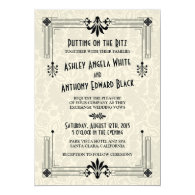 Roaring 20s Twenties Art Deco Wedding Invitation
Roaring 20s Twenties Art Deco Wedding Invitation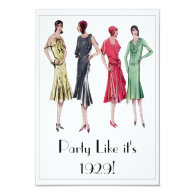 1929 Party Invitations
1929 Party Invitations Lou Wears a Tutu Invites
Lou Wears a Tutu Invites 1920′s Themed Wedding R.S.V.P. Cards Invite
1920′s Themed Wedding R.S.V.P. Cards Invite